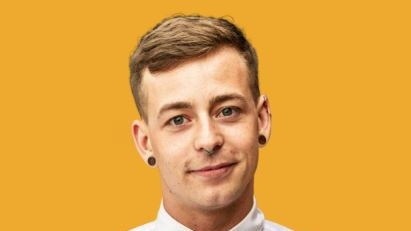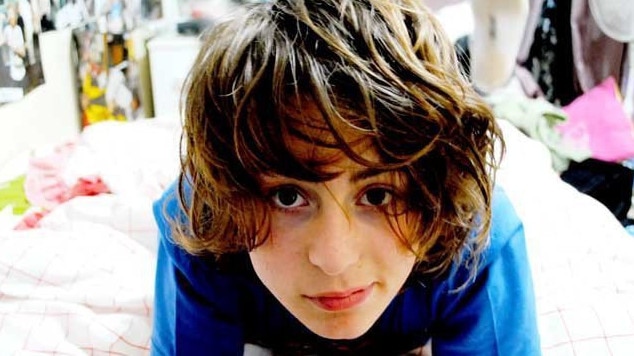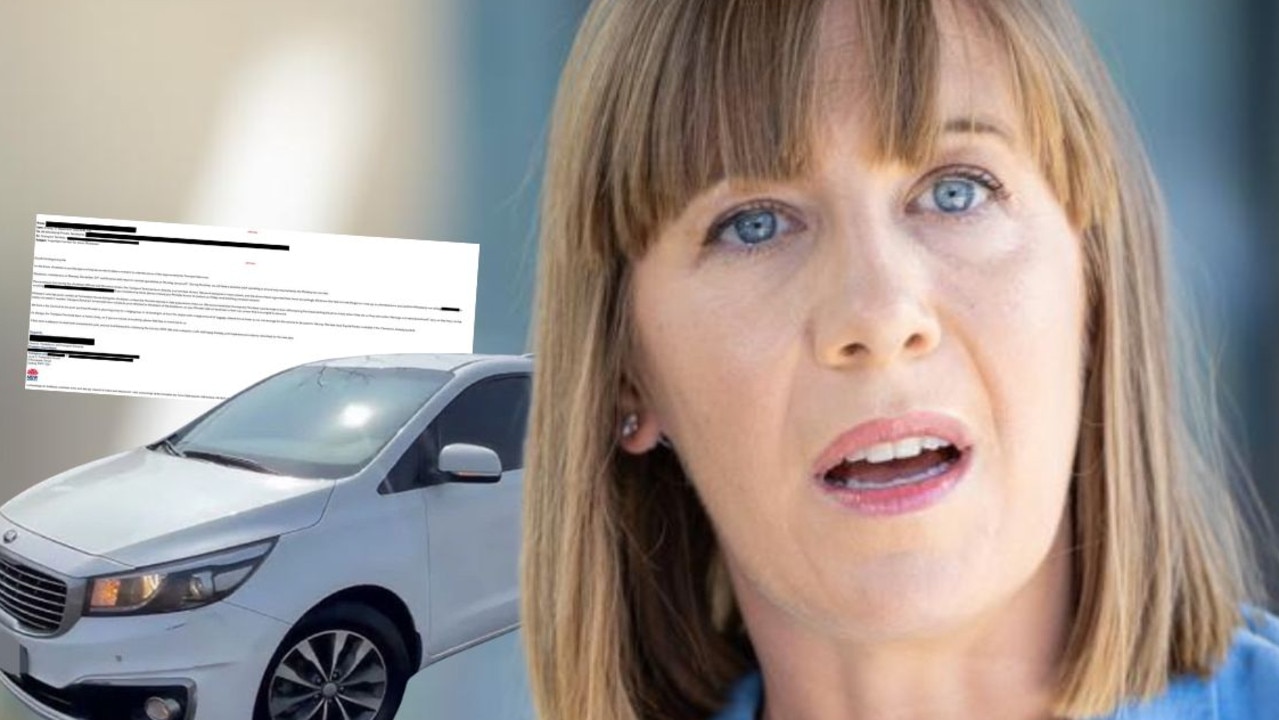NSW hospitals see alarming rise in youth self harm, eating disorders
Emergency departments are witnessing an explosion in young people with self-harm and eating disorders.

NSW
Don't miss out on the headlines from NSW. Followed categories will be added to My News.
Emergency departments are witnessing an explosion in young people with self-harm and eating disorders in a silent epidemic sweeping the state.
The Daily Telegraph has obtained data that reveals a 25 per cent increase in children aged 17 and under presenting to emergency with self-harm – or 12,817 visits last year.


Already in 2021 the figure is continuing to spike, with a 29 per cent increase in the first three weeks of the year compared with the same period in 2020, with a shocking 611 presentations.
The data has raised a “red flag” for the government, NSW Health Minister Bronnie Taylor confirmed.
It can be revealed Ms Taylor is urgently working with the Royal Australian and New Zealand College of Psychiatrists to form a strategy to target the problem with adolescent mental health flying squads, which she will seek budget funding for.
It comes as new data shows — in a success story — suicides in NSW in fact dropped in 2020 despite fears the pandemic would send them soaring.
The previously unreleased data shows there were 896 suicides in NSW in 2020, down from 943.

Ms Taylor told The Daily Telegraph she desperately wanted to target the mental health problems facing young people, as she feared they would worsen.
The self-harm data, which is strictly limited to emergency presentations and takes in both eating disorders and acute self-harm, shows a unique increase for adolescents in 2020, far outstripping trends in other age brackets.
Ages 0-11 increased by 15 per cent with 449 presentations, ages 12-17 increased by 25 per cent with 12,368 presentations, ages 18-25 increased by 3 per cent with 13,026 presentations, ages 25-34 increased by 2 per cent with 11,522 presentations, and ages 65 and over increased by 5 per cent with 2837 presentations.
The only age bracket to record a drop was ages 35-64, which was down two per cent with 18,051 ED attendances.
Ms Taylor said the problem was “deeply confronting”.
“We know self-harm can be a determinant to suicidal ideation. If we look at that and, although we can be pleased we’ve had a significant reduction (on suicides), we have to think, ‘well what’s coming?’ ”
When the data showing the striking climb was first presented to Ms Taylor last year, she approached the Royal Australian and New Zealand College of Psychiatrists (RANZCP) to ask for advice, saying “a red flag went off”.
Her personal view was there seemed to be a gap in mental health support for teens and adolescents.
“There seems to be a middle gap I think we have to look at, that needs specialised care. We know young people are struggling. We know there are a lot of issues they have to deal with. What I want to do is reform that area, invest in it.”
Chair of the NSW branch of the RANZCP Angelo Virgona said the rise in self-harm in adolescents was a problem.
“The data shows this but concerns were also brought to our attention anecdotally by clinicians on the ground who were witnessing an increase in demand and complexity in younger ages,” he said.
He said problems seemed to be particularly stark in the 10-15 year age bracket.
He drafted a plan, in regular conversation with Ms Taylor, to build multidisciplinary teams who would be responsible for enhancing child and adolescent mental health care.
“They’d include psychiatrists, registrars, mental health nurses, allied health professionals who could smooth pathways to get care and treatment for patients and families,” he said.
Dr Virgona said if Ms Taylor could land the reforms with budget funding it would be “the single biggest investment in community mental health services in Australia’s history and a dramatic changing of the landscape …(for) service delivery to children”.

Charley Gonzaga, 21, started self-harming at age 11 after being tormented by bullies in high school not long after the death of her father.
The turning point in her recovery happened when a teacher reached out after noticing she didn’t seem herself.
“My English teacher noticed the panic attacks and recommended I see the counsellor. He passed on the number to Headspace and I called them and connected with my psychologist.
“My psychologist then sat me down and reassured me he was just there to listen. From there we started to work on my anxiety with mindfulness.”
Charley is now a volunteer with youth mental health organisation batyr.


Regional social worker Nic Steepe self-harmed for three years as a teen after being bullied at school for being gay — and he too now uses his story to help others, also doing advocacy with batyr.
The 26-year-old Junee local fell into a dark place at age 15 in the regional town of Coonabarabran, where a lack of youth mental health support services also exacerbated his ordeal.
But with the help of a teacher, the youth worker eventually found the courage to reach out to a GP.
If you know someone who self-harms and are concerned, contact the Suicide Call Back Service on 1300 659 467 for advice. Alternatively, contact Lifeline on 13 11 14.




